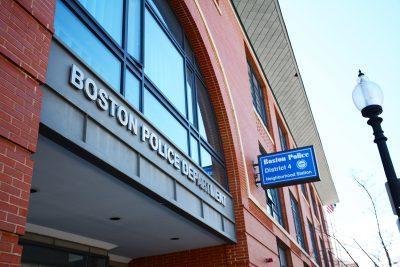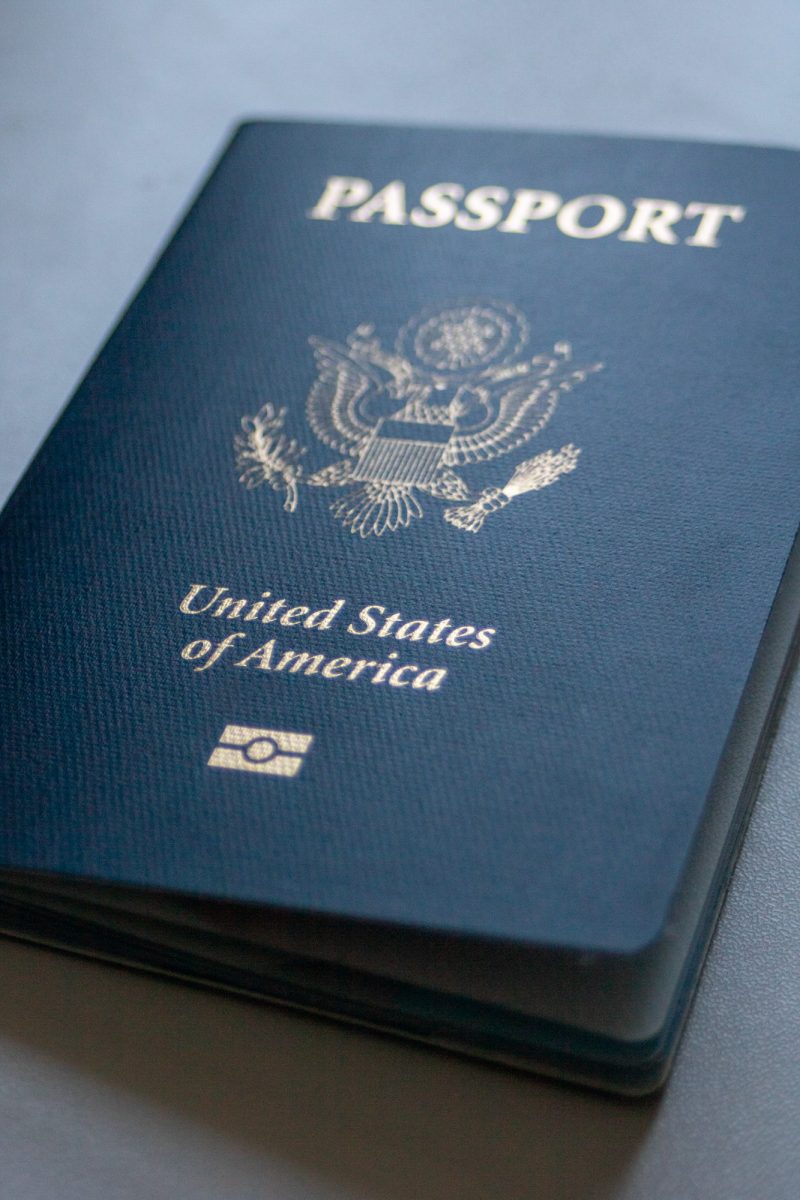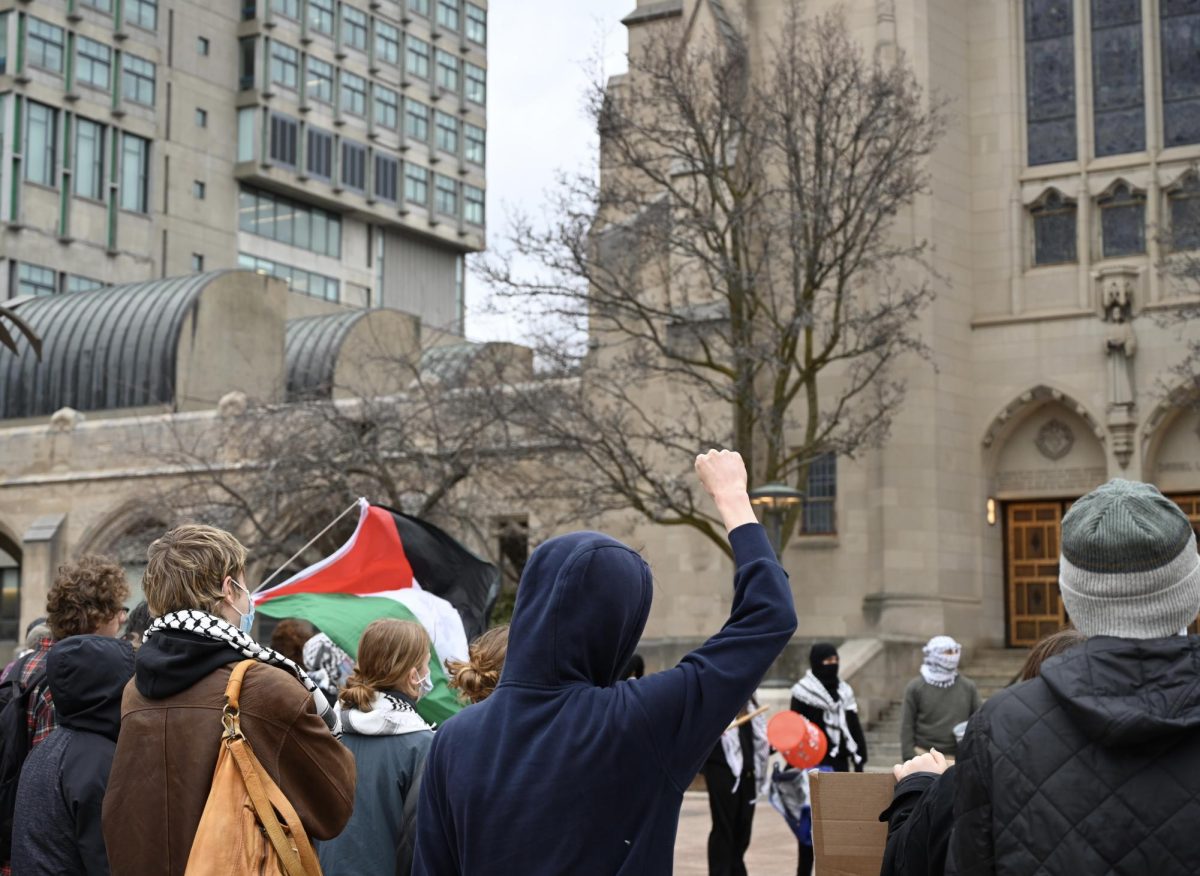
The City of Boston has seen a large increase so far this year in both shooting incidents and shooting victims, despite a significant decrease in part one crimes — a classification that includes the most serious violent crimes such as murder and rape — according to statistics released Wednesday from the Boston Police Department.
The data compared the total number of part one crimes and shooting incidents committed between Jan. 1 and Sept. 1 of last year with data collected during the same time period this year.
During the first eight months of 2018, BPD responded to 105 shootings that resulted in 128 total victims. In 2019, however, shooting incidents increased to 122, with a total of 151 victims, according to the BPD data.
That means the number of shooting incidents increased by just over 16 percent, while the number of shooting victims increased by more than 23 percent.
Additionally, the data showed a corresponding increase in firearm arrests, from 327 in 2018 to 353 so far this year.
But over the same time period, BPD recorded a total of 12,243 part one crimes committed, while 2019 saw only 11,340 offenses, a 7 percent decrease, according to the BPD data.
The crimes considered part one offenses by the BPD include criminal homicide, rape, robbery, aggravated assault, burglary, larceny and motor vehicle theft. The Federal Bureau of Investigation, which also considers arson a part one crime, defines these offenses to be “serious crimes” that are widespread and are likely to be reported to the police, according to the FBI’s website.
As for individual part one crimes, Boston saw lower rates across the board, with every category seeing decreases in reported crimes so far this year, according to the BPD data.
Maisha Miraj, a media relations-liaison for BPD, wrote in an email that the overall decrease in crime was a result of the BPD’s focus on working with residents to combat crime.
“Our Mission is Community Policing,” she wrote. “The Boston Police Department is dedicated to working in partnership with the community to fight crime, reduce fear and improve the quality of life in our neighborhoods.”
Miraj did not respond to questions on why Boston was seeing a seemingly opposite increase in shooting incidents.
Ruth Zakarin, executive director of the Massachusetts Coalition to Prevent Gun Violence, a coalition of 94 organizations working to stop gun violence within the state, said she was concerned about the recent upward trend in shootings within the city.
“One death is too many, one shooting is too many,” she said. “So we’re seeing an increase in both firearm related deaths, as well as shootings … We want for there to not be any fatalities or any shootings whatsoever. But we also want to see at least the trend decrease, not increase.”
Zakarin said while she did not know why the city saw more shootings but less crime this year, the BPD data was a “wake up call” that both Boston and Massachusetts need to invest more in gun violence prevention programs while also pushing gun control legislation such as the “Crime Gun Data Analysis Bill” currently being debated on Beacon Hill.
“[The bill] compels the state to use data that’s collected from guns recovered in the aftermath of crime, to identify where these guns are coming from,” Zakarin said. “How can we decrease the number of guns in our streets? We need to address gun trafficking and figure out where these guns are coming from.”
Maura Bouton, 31, of Brighton, said seeing crime everyday on the news has made her “blind” to feeling surprised about shootings and other crime reports and has convinced her that the city needs to do more to maintain order.
“Obviously, not enough is being done about [crime] to address it in a proactive manner,” Bouton said.
Matt Freire, 30, of Dorchester, said he was not too concerned about the increase in shootings.
“I feel like [the trend] is kind of a wave effect,” Freire said. “I mean you get increases and decreases in crime, all sorts of crime. So I think it’s just a natural increase.”
Mariel Soto, 30, from Medford, said the news of the upward trend in shootings unsettled her.
“It’s kind of too close to home,” Soto said. “I don’t like the feeling of [shootings] happening among students, let alone in the Boston area as well.”





















































































































